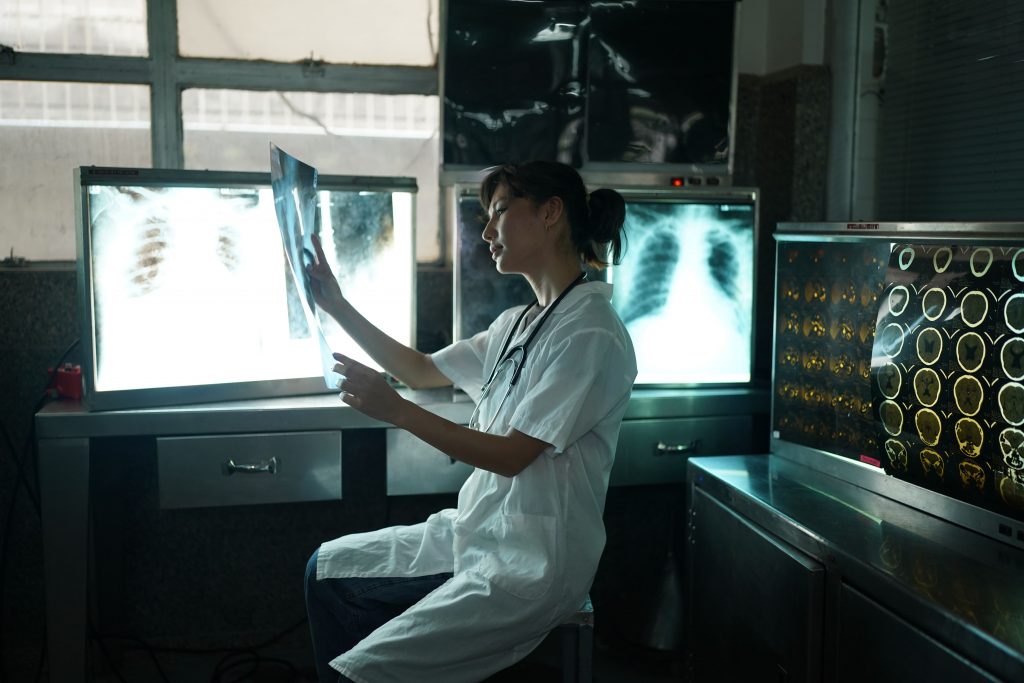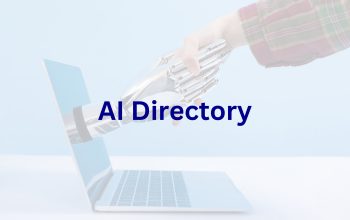Technology is now a big part of our daily lives and has changed some areas, like health care. Telemedicine and electronic medical records are two examples of how technology has changed the way healthcare is given and managed. Without a question, technology is a big part of health care, and it’s getting bigger every day.
Now that technology changes so quickly, doctors and nurses can evaluate patients, make care plans, and keep better records on them more quickly and accurately. Thanks to technology, medical tools and gadgets are better and faster and more accurate than they used to be. Professionals in the health care field can now talk and work together more easily, which has led to better care for patients and better results.
In this piece, we’ll talk about how technology is changing healthcare and how it’s good for both patients and healthcare workers. We are going to look at how technology is changing health care and making things better and faster in the future. Smart tech, healthcare, AI, and robots are all part of this.
The Role Of Technology On Healthcare Providers
Technology is being used more and more in health care to help people get better care and better results. Healthcare professionals and medical experts are incorporating a variety of technological advancements into their practices to improve communication, make processes easier, and reduce medical errors.

Streamlining Administrative Tasks
People who work in healthcare are known for having a lot of difficult daily jobs that take a long time and often go wrong. Technology has become a strong tool that can help ease these processes and make them more effective overall.
One of these technologies that has helped hospitals deal with their growing routine tasks is artificial intelligence (AI). AI systems and data analytics help hospitals figure out when their busiest times are and make sure that patients get to the right places at those times. This helps make good use of resources and cut down on patient wait times.
Improved Communication Between Medical Professionals And Patients
Technology has been very important in making it easier for doctors and patients to talk to each other. The rise of virtual care and telehealth is an important change. Patients can talk to their doctors from home using these tools, so they don’t have to go to the doctor’s office for everything, especially for simple problems or regular checkups. This not only saves people time and money on trips, but it also makes it easier for doctors to take care of more patients.
Health apps have also made it easier for people working in healthcare to talk to each other. With these tools, people can keep track of and report on their health situations, giving their doctors real-time information. This makes it possible for personalized healthcare solutions and quick actions to be taken, especially for long-term problems. These apps also let patients get training materials, meeting notes, and medicine alerts, which helps them better control their health.
Real-time exchanges, like videoconferencing, have made it easier for doctors and patients to talk to each other. With this technology, doctors can offer video appointments, identify some diseases, and give guidance from afar. Videoconferencing also lets doctors check on patients from afar to see how their healing is going or how they are doing, which saves both sides time and money.
Increased Efficiency And Speed Of Delivery Of Patient Care
Technology has been very important in making the healthcare business more efficient and faster at caring for patients. One well-known example is telemedicine, which has changed the way people can get care. Telemedicine lets people talk to doctors from afar using videoconferencing, so they don’t have to go to the doctor’s office in person and wait times are cut down. This technology has been especially helpful for people who live in rural places or who have trouble moving around.
Real-time tracking is another example of how technology has made patient care more efficient. Healthcare professionals can always keep an eye on their patients’ vital signs and health conditions with the help of smart tech and online tracking systems. This real-time data lets us quickly notice any changes or declines from normal levels, which lets us move quickly and provide better care. By keeping an eye on patients from afar, doctors and nurses can also cut down on hospital readmissions and trips to the emergency room.
Enhancing Medical Education Through Simulation Technologies
Simulation technologies are very important for improving medical education because they give medical students and workers realistic training experiences. These tools let people learn different medical treatments and techniques in a controlled and safe setting, which helps them get better at them and feel more confident.
One of the best things about using simulations to teach medicine is that they let you act out real-life situations. Medical workers and students can get hands-on training with high-fidelity models or virtual reality simulators that look and feel like real patients. In a safe environment, this practical training helps students improve their ability to think critically, solve problems, and make decisions.
Medical students and experts can lower the risk of making mistakes when they do treatments on real patients by practicing them in a safe space first. In order to get better at something before using it in real life, simulation tools let students develop their skills and get better at them. This lowers the risk of harm to patients and raises the standard of healthcare generally.
Increased Quality Of Patient Record Keeping
There is better healthcare because of how technology has changed the way patient records are kept in the healthcare business. With the invention of electronic health records (EHRs), the old paper-based system has been replaced by a faster and easier way to keep track of patient medical data.
EHRs make it easy to get to complete and up-to-date medical data of patients. Healthcare professionals can easily see a patient’s full medical background, which includes past illnesses, medicines, allergies, and test results, with just the click of a button. In addition to saving time, this makes sure that healthcare workers fully understand a patient’s health, which helps them make better choices about their care.
The gathering of health information is also sped up with EHRs. Healthcare professionals don’t have to write down information by hand; instead, they can enter it straight into computer systems. This takes away the chance of mistakes made by people and makes it possible to keep a more accurate and full record of a patient’s health information.
Reduced Risk Of Medical Errors Through Automation And AI Solutions
Using technology and AI in healthcare has greatly decreased the chance of medical mistakes, making patients safer and improving the quality of care. Automation and AI technologies can make things run more smoothly, get rid of boring jobs that need to be done over and over, and make medical treatments more accurate.
When AI and robots are used together, they can help lower the risk of medical mistakes by taking over administrative jobs. By automating jobs like making appointments, bills, and paperwork, healthcare workers can lower the risk of mistakes made by people and make sure that information is managed correctly and on time.
AI solutions are also very important for cutting down on medical mistakes. Systems that are driven by AI can look at huge amounts of medical data and help doctors make more accurate diagnoses and treatment choices. Patterns can be found in these systems, along with possible risks or bad responses. This lets healthcare professionals move quickly to avoid mistakes.
Technology also makes it easy for doctors to see a patient’s past medical information, which helps them give better care. Electronic Health data (EHRs) keep all of a patient’s medical data up to date and complete. They keep track of allergies, medicines, illnesses, and lab results. With this knowledge at their fingertips, medical workers can make smart choices about how to care for their patients, which lowers the chance of giving the wrong diagnosis or treatment.
Medication management systems, computerized physician order entry (CPOE) systems, and clinical decision support systems are all examples of automation and AI solutions that have been shown to make patients safer. These tools can help cut down on medicine mistakes, let doctors know about possible drug combinations or allergies, and give treatment suggestions based on evidence.

Conclusion
In conclusion, using technology and AI in healthcare has made it much safer for patients and improved the quality of care. By handling administrative chores and using systems driven by AI, healthcare workers can lower the chance of mistakes and make better choices about evaluation and treatment.




